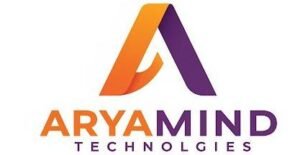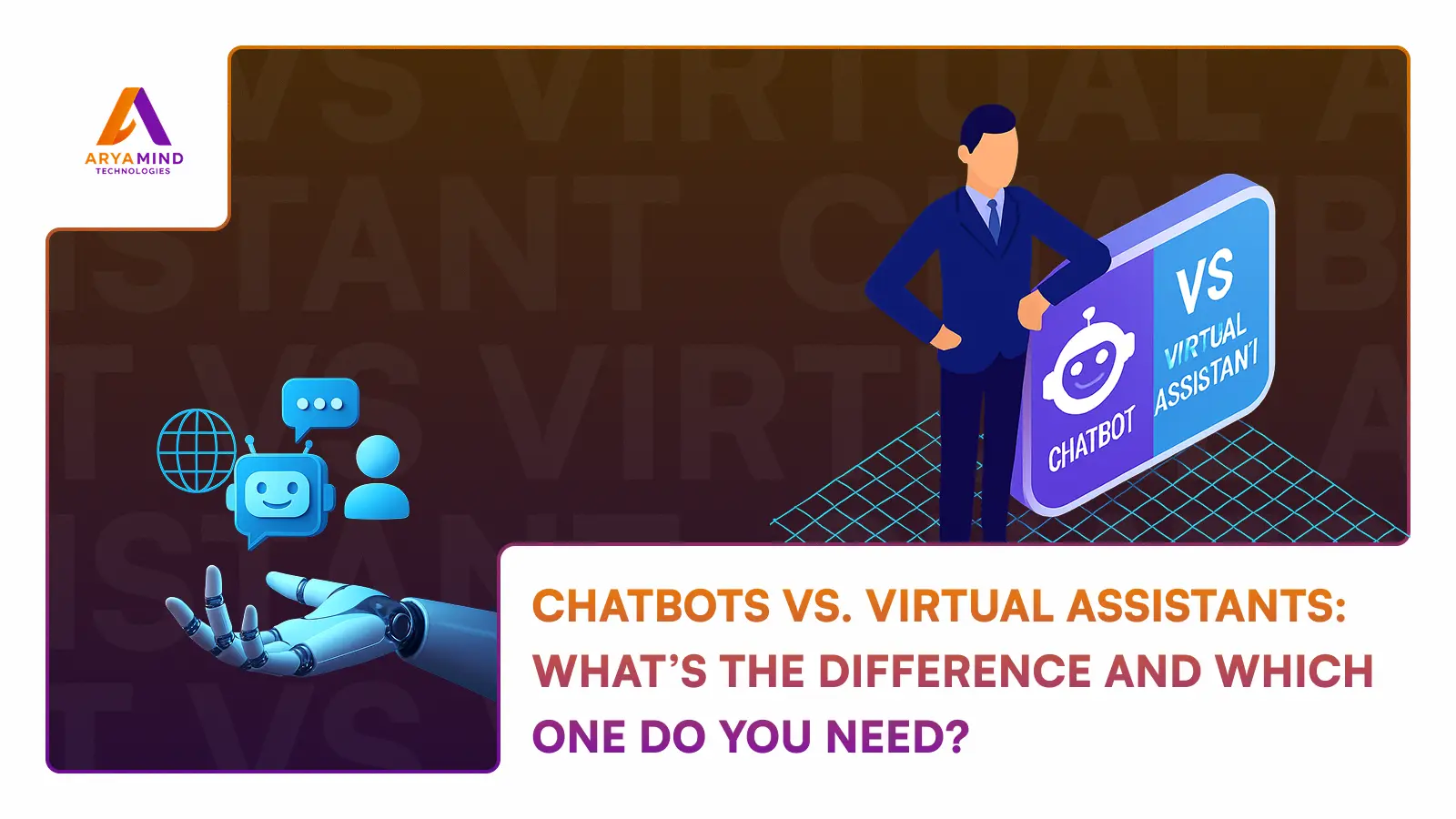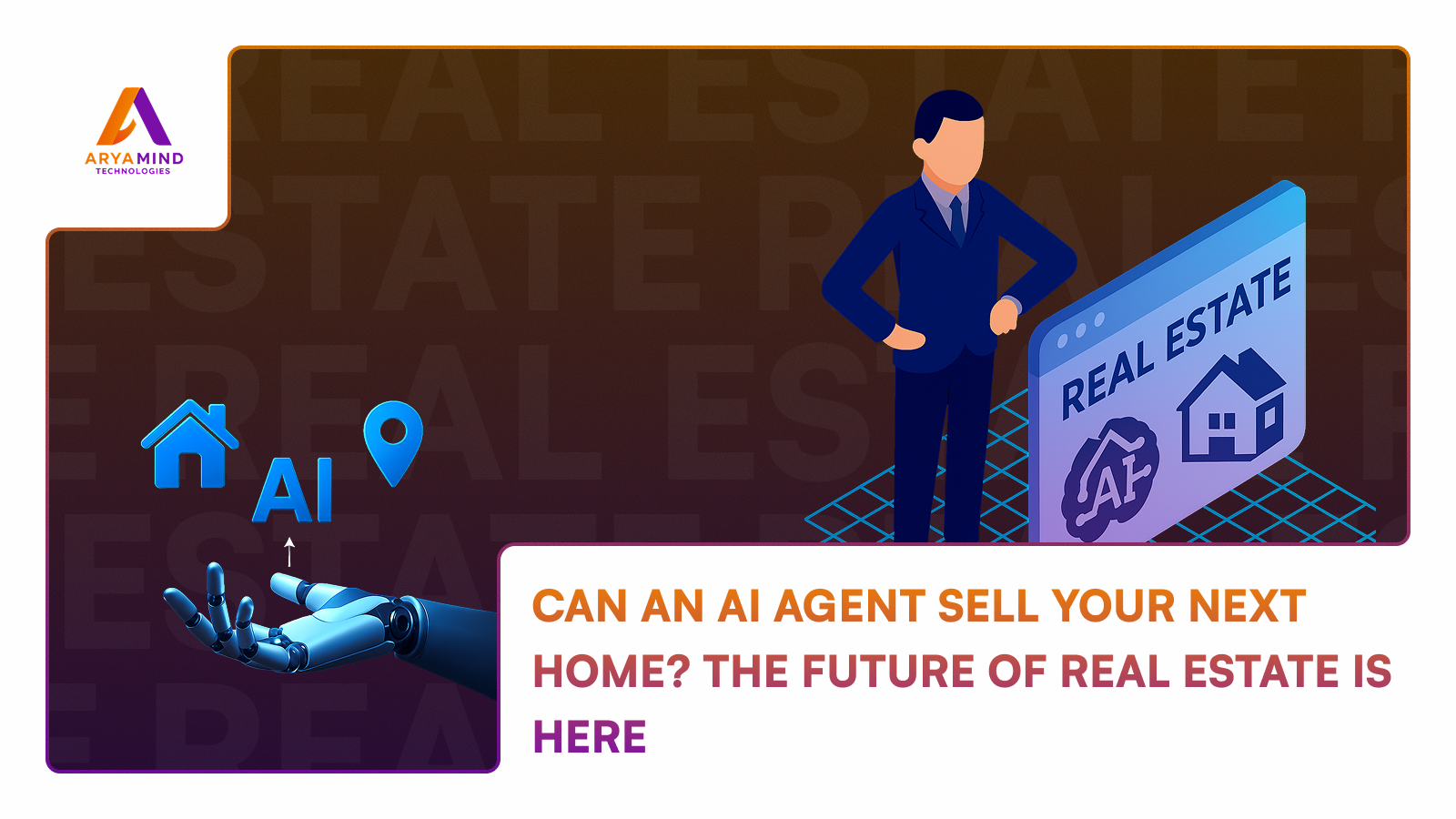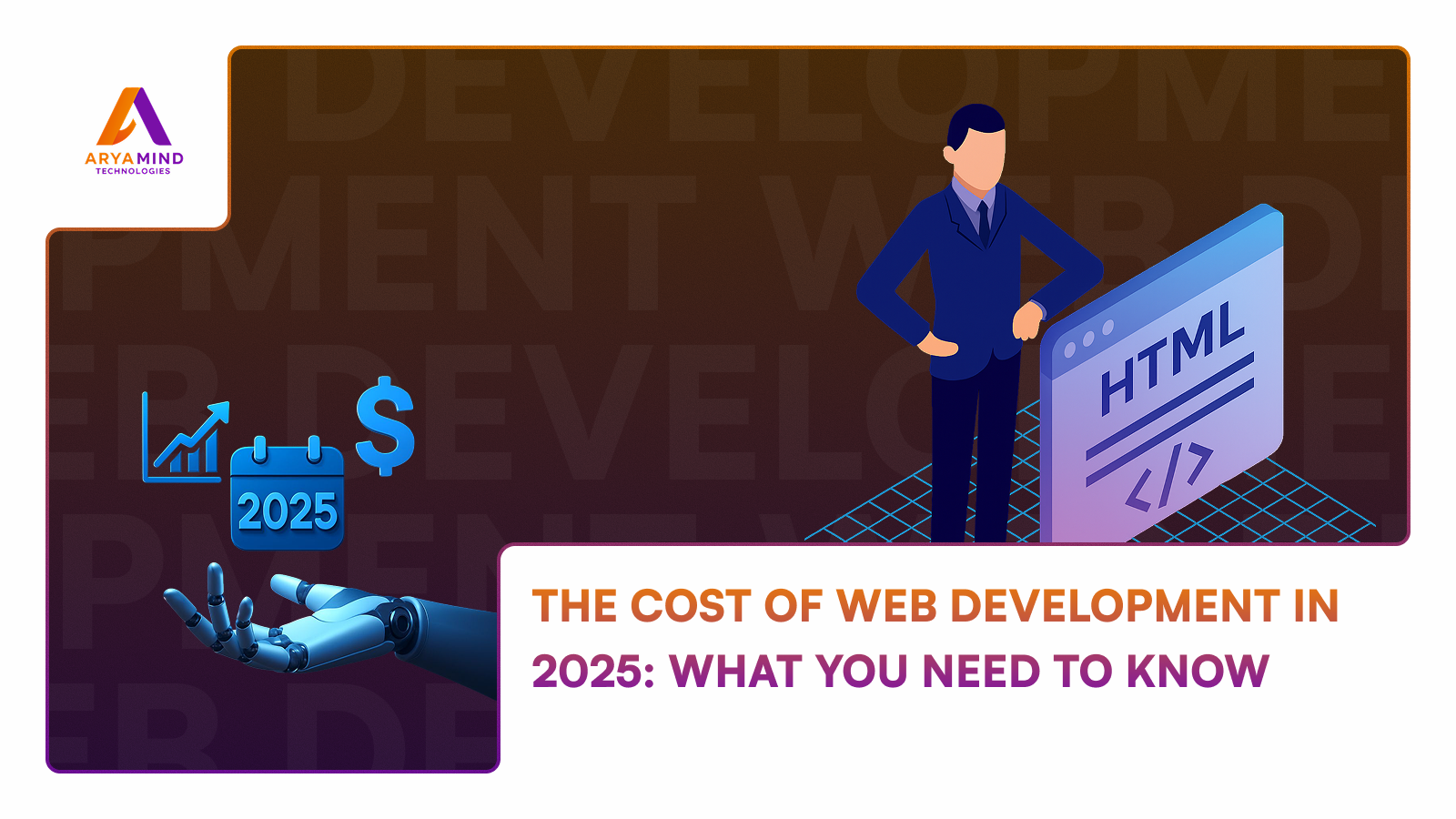Introduction
In the digital era, businesses are increasingly turning to AI-powered tools to enhance customer engagement and streamline operations. Two of the most common AI-driven solutions are chatbots and virtual assistants. While they may seem similar, they serve different purposes and offer varying levels of intelligence and interactivity.
This article explores the key differences between chatbots and virtual assistants, their unique capabilities, and how to determine which one is best suited for your business needs.
Table of Contents


What Are Chatbots?
Key Characteristics of Chatbots
- 1. Enhanced Decision-Making: Some chatbots operate on predefined scripts, while others use machine learning and NLP (Natural Language Processing) to improve responses.
- 2. Limited Conversational Abilities: Most chatbots follow a structured flow and struggle with complex or multi-turn conversations.
- 3. Task-Oriented: They focus on specific use cases like booking appointments, retrieving information, or processing transactions.
- 3. Easy to Deploy: Chatbots are often embedded in websites, mobile apps, and messaging platforms like WhatsApp, Facebook Messenger, or Slack.
Common Use Cases for Chatbots
- 1. Customer Support: Answering frequently asked questions, handling basic inquiries, and resolving common issues.
- 2. E-Commerce & Retail: Providing product recommendations, order tracking, and payment assistance.
- 3. Healthcare: Scheduling doctor appointments and answering common health-related questions.
- 4. Banking & Finance: Checking account balances, transferring funds, and providing loan information.
What Are Virtual Assistants?
- 1. AI-Driven with Deep Learning: Virtual assistants use NLP, machine learning, and contextual understanding to improve their interactions over time.
- 2. Conversational & Context-Aware: They can remember past interactions, understand user intent, and respond accordingly.
- 3. Multifunctional & Adaptive: Virtual assistants integrate with multiple systems to assist users with a variety of tasks.
- 4. Voice-Enabled: Many virtual assistants support voice commands (e.g., Alexa, Siri, Google Assistant).
Common Use Cases for Virtual Assistants:
Personal Productivity
Scheduling meetings, setting reminders, and managing emails.
Customer Engagement:
Providing personalized recommendations and proactive customer support.
Smart Home Control:
Managing IoT devices such as lights, thermostats, and security systems.
Enterprise Solutions
Which One is Right for Your Business: Chatbot or Virtual Assistant?
When to Choose a Chatbot:
- If your business needs a cost-effective solution for handling repetitive customer inquiries.
- If your use case revolves around structured workflows such as FAQs, lead generation, or basic support.
- If you want a quick-to-deploy conversational tool for websites and messaging platforms.
- If your industry involves frequent, straightforward queries, such as e-commerce, banking, healthcare, or hospitality.
When to Choose a Virtual Assistant
- If your business requires AI-powered, conversational interactions beyond basic queries..
- If your use case involves contextual understanding, multi-step processes, and personalized experiences.
- If you need seamless integration with multiple enterprise systems like CRM, ERP, and IoT.
- If your industry demands automation of complex workflows, such as enterprise solutions, smart home technology, and healthcare diagnostics..
Future of AI-Powered Conversational Agents
As AI technology continues to evolve, the lines between chatbots and virtual assistants will blur. Some emerging trends include:
- 1. Hybrid AI Models: Combining rule-based chatbots with AI-powered virtual assistants for enhanced functionality
- 2. Conversational AI Enhancements: Improvements in NLP and deep learning will make AI-driven assistants even more human-like.
- 3. Integration with AR/VR: AI-powered conversational agents may soon support immersive experiences in virtual environments.
- 4. AI-Powered Business Automation: Virtual assistants will play a significant role in automating complex enterprise workflows and improving operational efficiency.
Conclusion
Both chatbots and virtual assistants play a crucial role in digital transformation. Chatbots are ideal for businesses looking to automate simple tasks and handle repetitive interactions, while virtual assistants provide advanced AI-driven conversational experiences that enhance productivity and customer engagement.
Before implementing an AI-powered conversational agent, assess your business needs, user expectations, and long-term automation goals. Whether you opt for a chatbot or a virtual assistant, embracing AI-driven automation can improve efficiency, reduce costs, and enhance user experience in the digital landscape.

